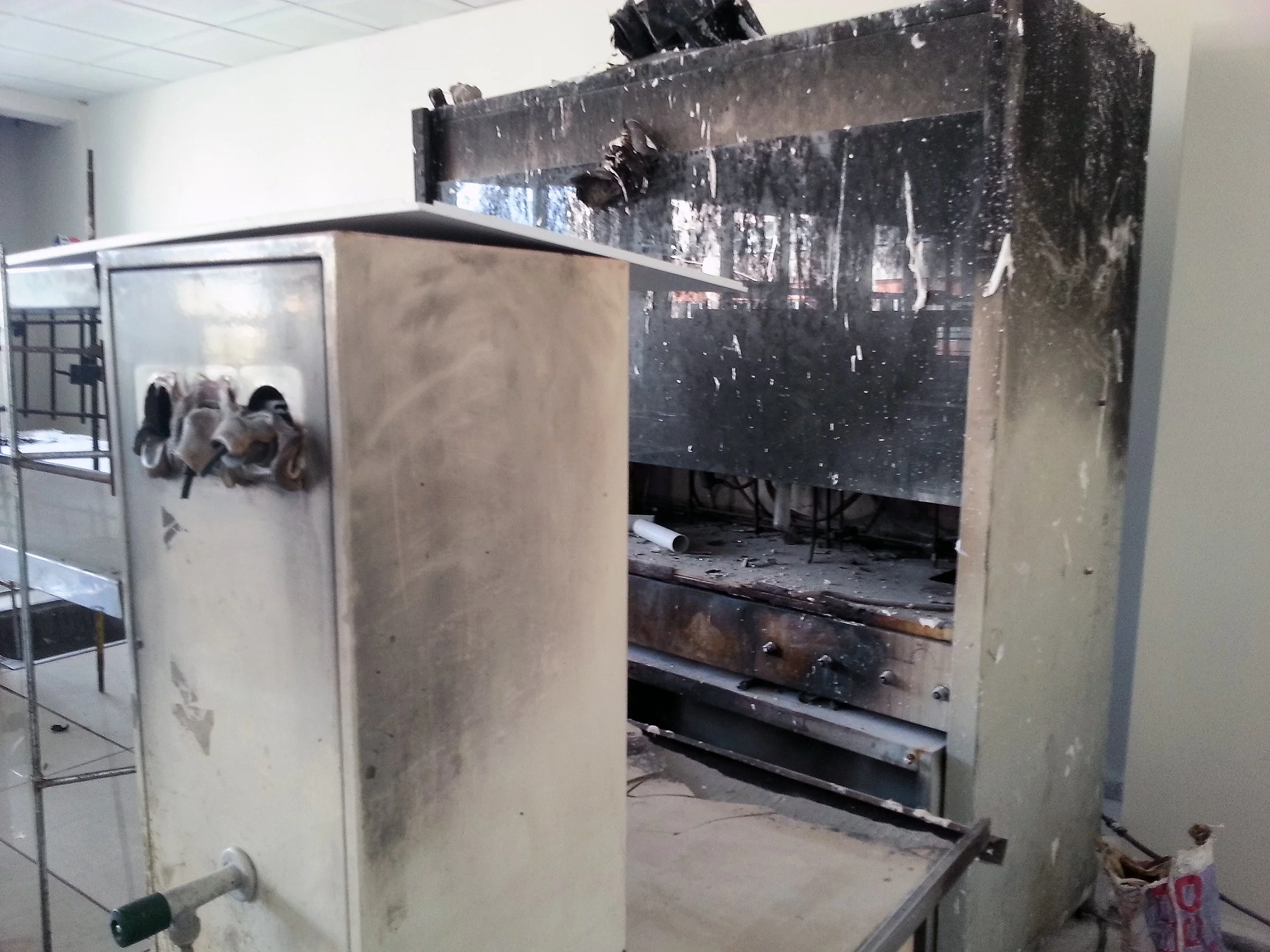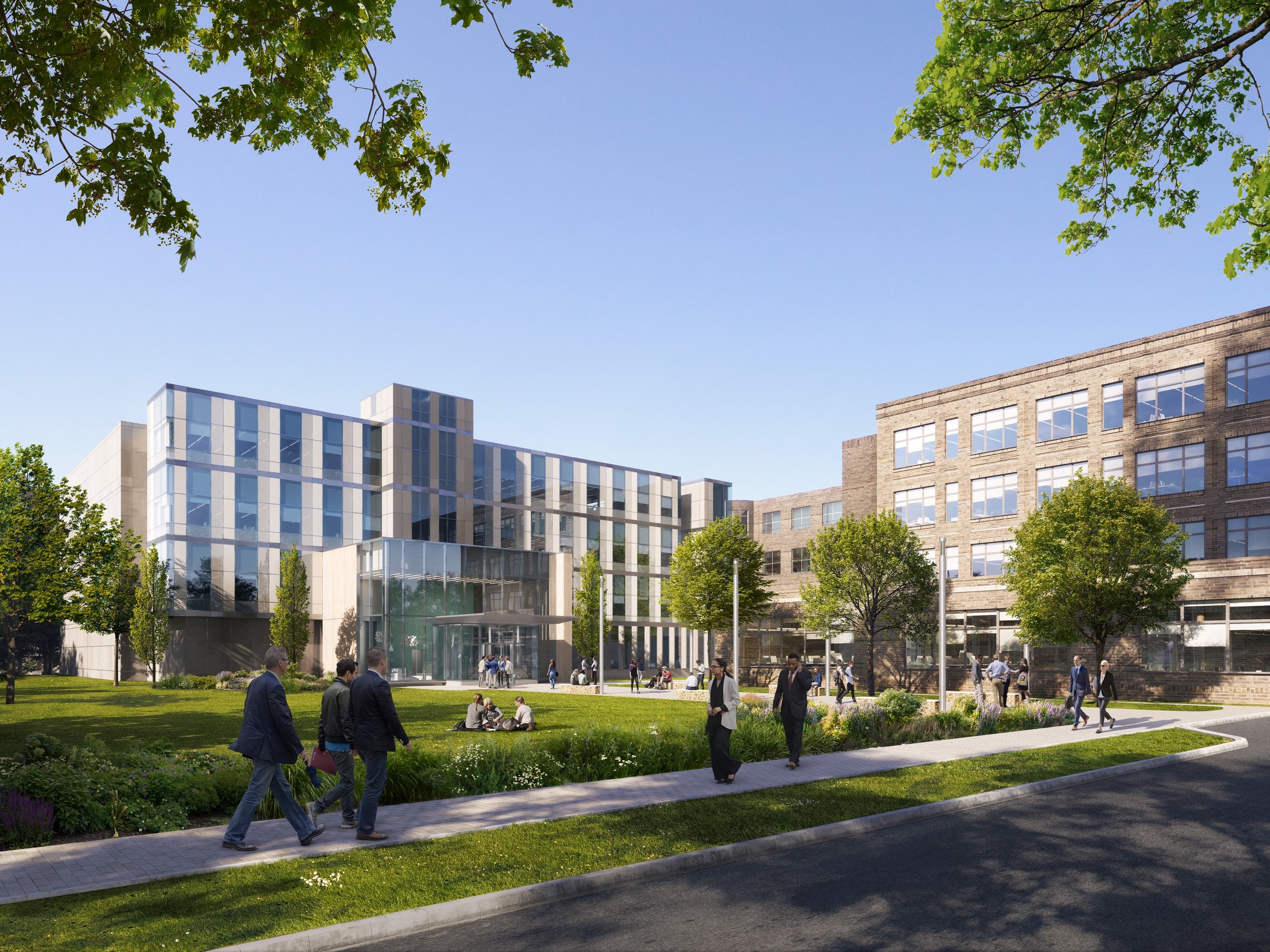[[bpstrwcotob]]

How Flexibility and AI Are Reshaping the Future of Lab Real Estate
With AI-native biotechs changing how—and where—science happens, design teams are rethinking flexibility, retrofits, and speed-to-market strategies to prepare labs for the next decade of discovery

Building Better Labs with Mass Timber: Sustainability, Speed, and Wellness in Design
Mass timber is transforming laboratory design by offering a low-carbon, high-performance alternative to steel and concrete, enabling faster construction, precision-engineered research spaces, and human-centered environments that support wellness, collaboration, and sustainability

Minimizing Risk: Strategies for Design and Construction
Laboratory design and construction teams can minimize risk—and improve project outcomes—by embedding proactive risk management strategies, clear communication, collaborative culture, and advanced planning tools into every phase of a project.

Twenty Years After Katrina: What Laboratory Designers Can Learn About Resilience
Two decades after Hurricane Katrina exposed the vulnerabilities of critical scientific infrastructure, laboratory designers and builders are embracing a holistic, performance-based approach—leveraging digital tools, modular construction, and community-integrated planning—to ensure labs not only survive disasters but sustain research, protect communities, and accelerate recovery

Renovating Laboratories: Key Concerns and Challenges in Transforming Existing Spaces
Laboratory renovation offers sustainability and cost advantages over new construction but poses complex challenges—including structural limits, MEP upgrades, safety compliance, and stakeholder coordination—that require careful planning and collaboration to create flexible, high-performing research spaces

Fire Safety Concerns in Laboratory Design
Fire safety in laboratories requires holistic, intentional design that integrates code compliance, hazard mitigation, resilient infrastructure, and support for staff preparedness to prevent, contain, and respond to incidents while protecting people, research, and operations

Wrangling Qubits in a Professional Quantum Lab
The National Quantum Computing Centre, a cutting-edge facility in the UK designed to house diverse quantum computing architectures, fosters collaboration among academia, industry, and government while integrating advanced engineering, sustainability practices, and flexible design to support groundbreaking quantum research and educational initiatives
CAMI to Transform Molecular and Immunological Research in Phoenix
The University of Arizona Health Sciences' new Center for Advanced Molecular and Immunological Therapies (CAMI) in Phoenix, AZ, is a state-of-the-art facility designed to revolutionize cell and gene therapy research, foster collaboration, and advance sustainability while cementing Phoenix's role as a leading hub for life sciences innovation

NJIT Partners with NEST to Drive Life Science and Tech Advancements
Occupying lab space previously used by Merck, the New Jersey Institute of Technology aims to advance life sciences, biomedical engineering, and AI, while enhancing the state’s leadership in life sciences and technology

Designing for Discovery: Inside the Paul G. Allen Research Center's Collaborative Vision
The design of the Paul G. Allen Research Center in Seattle combines flexible, collaborative lab and office spaces to advance cancer research, prevention, and treatment through multidisciplinary partnerships and cutting-edge technologies
